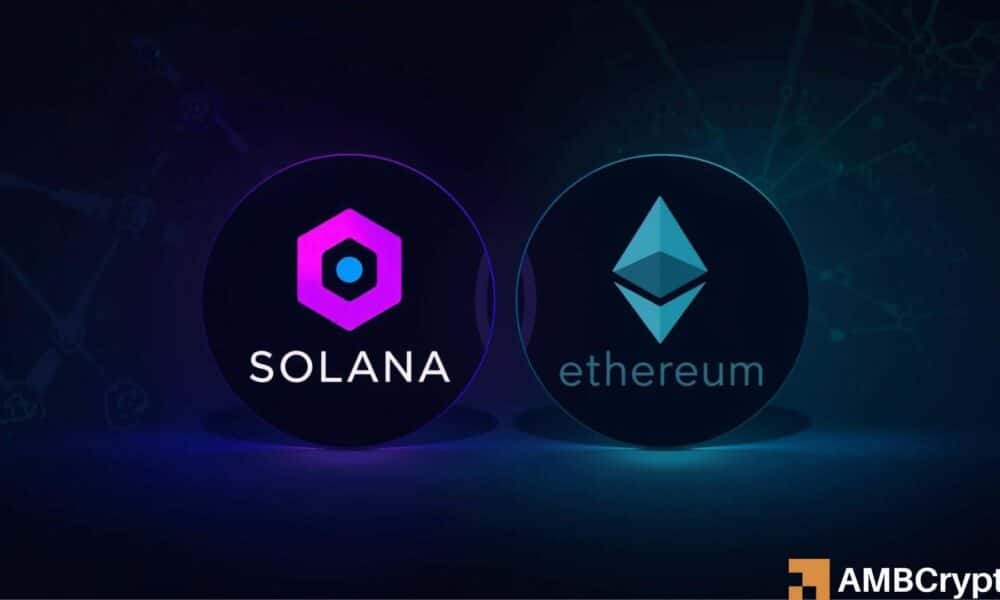Understanding Ethereum’s Security Superiority for Layer 2 Solutions
In the ever-evolving landscape of cryptocurrencies, Ethereum (ETH) has established itself as a leading player, especially in the realm of Layer 2 (L2) solutions. Recent insights from Vitalik Buterin, Ethereum’s co-founder, highlight the remarkable security architecture that underpins Ethereum and its L2 systems. Buterin asserts that even in the unlikely event of a 51% attack—an attempt by a malicious party to gain control of the blockchain—users’ assets remain safeguarded. This assurance stems from the inherent design of Ethereum, where the ability to make an invalid block valid is fundamentally restricted, thereby ensuring the safety of assets even in the face of such attacks.
The concept of L2 solutions revolves around enhancing scalability and efficiency while maintaining the security benefits of the Ethereum Layer 1 (L1). Notably, leading L2 projects such as Arbitrum, Base, Optimism, and Worldchain command over $35 billion in locked value, underscoring the trust users place in Ethereum’s robust framework. By leveraging the security properties of Ethereum L1, these L2s not only excel in user experience but also provide peace of mind, having a safety net that most independent blockchains lack.
In an intriguing twist, Anatoly Yakovenko, co-founder of Solana, has proposed the establishment of a specialized bridge to connect Solana to Ethereum as a Layer 2 solution. This raises important questions regarding the implications for Ethereum’s market share and the potential challenges to its pioneering L2 design. While both Ethereum and Solana operate on separate Layer 1 architectures with distinct security protocols, Yakovenko argues that the risk associated with a 51% attack on Solana would mainly delay operations rather than jeopardize assets on the bridge. His assertion highlights a different perspective on blockchain resilience, but criticisms arise regarding the effectiveness of such a bridge in ensuring consistent user security.
From an Ethereum standpoint, the introduction of new bridging options is met with skepticism. Users are less concerned about theoretical attack scenarios than they are about practical benefits—such as improved applications, user experience, and lower transaction costs. Buterin has emphasized a proactive approach to addressing vulnerabilities, especially concerning 51% attacks. His vision includes automating responses to such threats to maintain the integrity of transactions and user confidence, showcasing the platform’s commitment to innovation and resilience.
While discussions about Yakovenko’s bridge imply the possibility of Ethereum L2 users connecting directly to Solana without the need for Ethereum’s security assurances, the actual demand for such innovations remains uncertain. In a rapidly changing crypto ecosystem, the dynamic between Ethereum and Solana continues to evolve, especially as Solana saw a brief surge outperforming ETH in August 2023 but has since encountered fluctuations.
In summary, the strengths of Ethereum’s security features underscore its position as the preferred choice for L2 solutions. As the landscape becomes increasingly competitive, innovations like Yakovenko’s proposed bridge may reshape the relationships between major blockchain players. However, Ethereum’s established security framework and user-focused ethos render it a formidable contender in the future of decentralized finance. The ongoing discourse surrounding blockchain security and interoperability will undeniably influence user preferences and market dynamics in the years to come.


